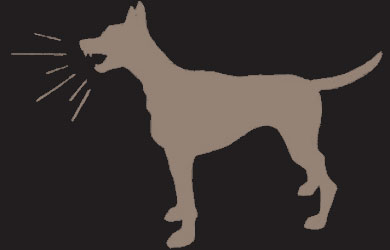“The role of artists, as well as of the arts themselves, began to change in some European countries during the Renaissance. This movement gained momentum and made a breakthrough in the eighteenth century, the Age of Reason, the Enlightenment. Art became fine art, and the crafts were set aside as something inferior. The artist became …
Foundations and Structures
“So the issue is not whether we like this gift or that one, or whether we are to duplicate the phenomena of the first-century church. Rather, the issue is whether we understand the nature of blueprints. No real need for doing concrete work while building the attic” (Mother Kirk, p. 65).
More Lyric Than Lecture
“The Reformation . . . was more a song or a symphony than a system, more lyric than lecture, more a leap of the imagination than one of those social restructurings we are so heartily sick of today. It certainly produced systems, lectures and structures as well, but they were secondary” (Matheson, p. 26).
Humility Produces Great Art
“But even if artists did not have the high honor we tend to grant them today . . . they did make beautiful things—so beautiful, in fact, that we so many centuries later still go to look at their works and often pay much to have their works restored in order to hand them down …
True Prophetic Revelation Must Be Treated As Scripture
“Of course, the words of God can be disposed of by God. If He gave a word through one of Philip’s daughters which He did not want to be included in Scripture, then He may obviously do what He pleases with His own words. The point being made here is that we may not do …
Reformational Dance
“Reformation was less a shopping-list of demands than the choreography for a new dance” (Matheson, p. 9).
When Art Was Real
“The role of artists was not always what it is today. In most cultures, including our own before the new period that began somewhere between 1500 and 1800, artists were primarily craftsmen: art meant making things according to certain rules, the rules of the trade. Arts were accomplished workers who knew how to carve a …
Charismatics Don’t Believe that Prophecy is for Today Either
“More than a few pastors have wondered whether they are being theologically dishonest in saying that the ‘sign gifts’ are no longer operative in the church today. True, the charismatic movement gives us great reason to be suspicious, and it is a pleasure to be prejudiced and bigoted sometimes, especially when Benny Hinn is involved, …
Metaphors of Bounty
“From this perspective the Reformation can be seen as an infinitely varied, but coherent and extended, metaphor for the bountifulness of God’s grace. If, however, there is anything to be said for this argument, then we are going to have to look in quite a new way at Protestantism, which — we have generally been …
High and Lonely Destiny-ism
“It has been like this since the eighteenth century when the old concept of the artist as craftsman began to be exchanged for a concept that saw him as both a gifted genius and a social and economic outcast” (H.R. Rookmaaker, Art Needs No Justification, p. 5).

